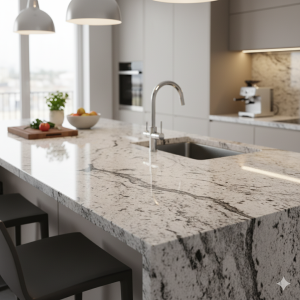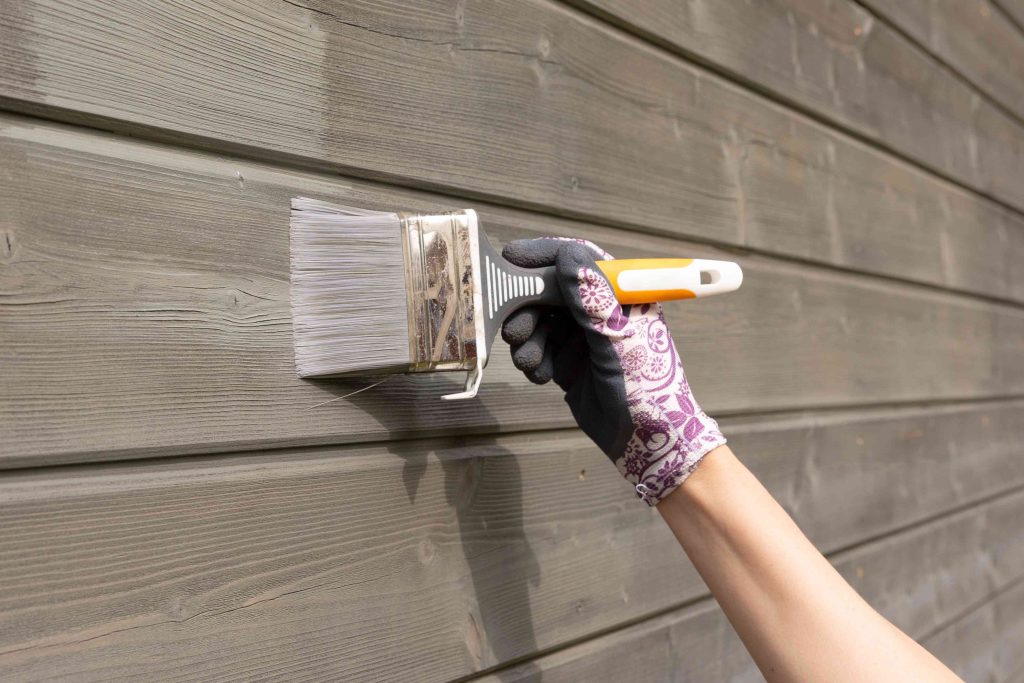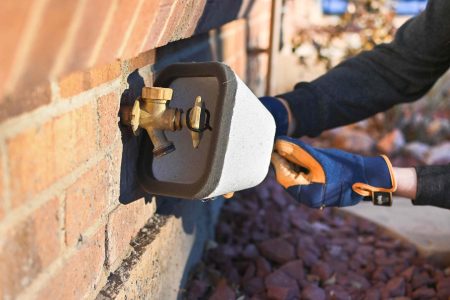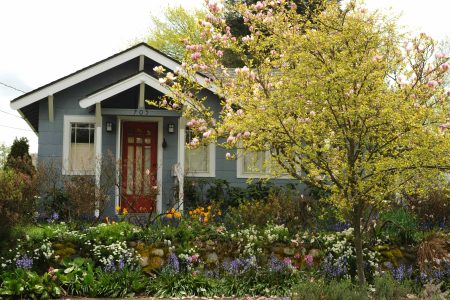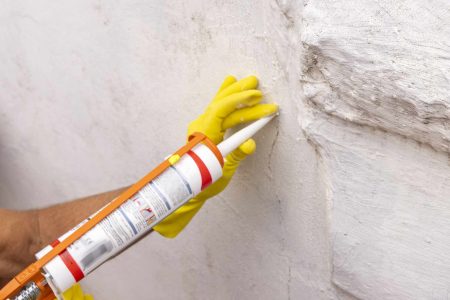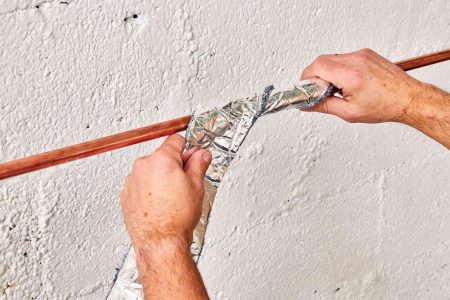There are a variety of factors to keep in mind when you are deciding when to paint the exterior of the home. If you choose to paint during the wrong season, time of day, or weather then you may end up with a runny, splotchy, poorly dried paint job.
Learn how temperature, precipitation, humidity, and more can impact your paint project, and find out the best time to paint your home’s exterior.
Meet the Expert
- Carr Lanphier is the CEO of Improovy, providing customers with top quality drywall repairs and paint jobs.
- Ryan Parr is the Owner and President of Nashville Painting Professionals, a full service painting company.
When to Paint the Exterior of a House
Ideally, you should paint the exterior of your house during the late spring or early fall season when the temperature isn’t too hot or too cold, precipitation and humidity are relatively low, and pollen is less of a problem.
“May is one of the best months to paint your house,” says Ryan Parr, owner and president of Nashville Painting Professionals. “With mild temperatures, lower humidity, and fewer weather changes it makes for a good time to paint.”
This timing also reduces the risk of falling leaves messing up the paint job, though you will still need to choose an appropriate 24 to 48 hour period without rain or high winds for the best results.
Want more home reno project tips and inspiration? Sign up for our free daily newsletter for the latest how-tos, reno guides, and more!
Factors That Affect Exterior Painting
Temperature
When you are painting the exterior of your home, you need to be aware of the outdoor temperature and how it can affect the painting project.
“As long as the temperature is sticking between about 50 to 70 degrees Fahrenheit, or 40 to 90 on the outer limit, you should be safe,” says Carr Lanphier, CEO of Improovy.
If you choose to paint when it is colder than this, the paint will thicken, take a longer time to dry, and poorly adhere to the intended surface, resulting in a subpar paint job.
Similarly, if you paint when it’s too hot outside, then the paint may not adhere properly, it can dry too quickly, and may form blisters or bubbles, creating a messy, uneven finish.
Precipitation
Be sure to check the forecast ahead of time to plan an appropriate 24 to 48 hour period during which there isn’t any rain. You’ll also need to give the exterior of the home enough time to dry after rain has fallen.
“Spring can bring rain in many regions which can delay painting projects,” Parr says. “We recommend at least 24 hours post rain before beginning an exterior paint project.”
Ideally, you should aim for a time when there is no rain in the forecast for several days, in case the weather forecast is off by a day or two, allowing you to shift the project, instead of needing to cancel it altogether.
Humidity
Humidity can be controlled indoors with a dehumidifier or a humidifier, making it easier to paint in the ideal conditions. Outdoor humidity levels can vary significantly day by day, so check the forecast for humidity levels when you check for rainy weather.
“May offers the perfect temperature range (50°F and 75°F) for painting exteriors and has more balanced humidity levels unlike summer,” explains Parr.
Generally, you want to plan the exterior painting project for a day that has low humidity to improving drying time and reduce the risk of a splotchy, runny paint finish.
Pollen
Part of painting the house will be cleaning the exterior to get rid of any dirt or debris.
“The importance of having a clean surface to work with is one of the top things homeowners should be aware of prior to painting,” Lanphier says. “Power washing your home’s exterior is going to help your paint adhere better to the surface, which will just make things easier and longer lasting overall.”
You should avoid painting on days with high pollen counts, since the pollen can stick to the wet paint, reducing the quality of the finish.
In most states, the late spring and early fall season are typically free from high pollen levels, making this the best time to paint the exterior of the home.
Time of Day
You also need to be selective about the time of day when painting your home.
“Depending on the season, you should plan on either painting in midday when temperatures will be warmest for fall, or earlier in the morning when things are still cool enough to be in the safe temperature range for spring or early summer,” Lanphier says.
Season
Choosing the correct season for your exterior painting project is also important, due to the impact the season can have on the temperature, precipitation, humidity level, and pollen count.
“One major drawback of painting in early spring is you can still have some chilly nights which can slow paint curing, so you want to monitor temperature levels before starting your project,” Parr says.
Generally, the best time of the year to paint the exterior of the home is the late spring or early fall, when you don’t need to worry about the freezing temperatures of winter or the soaring heat of summer.
Signs You Need to Paint Your House
Recognizing when you need to paint the house is important for ongoing maintenance as well as curb appeal.
“A few signs that the exterior of your home is ready for paint is if the paint looks dull or washed out, the paint has started to peel or crack, you get a chalky residue when running your hand along the siding, and you start to see stains on the paint surface after cleaning,” Parr says.
You may want to paint if you are preparing to sell or just want to make a change to its appearance. This can be a great way to get rid of an outdated paint color, which will immediately improve the aesthetic quality of the home.
Read the full article here

